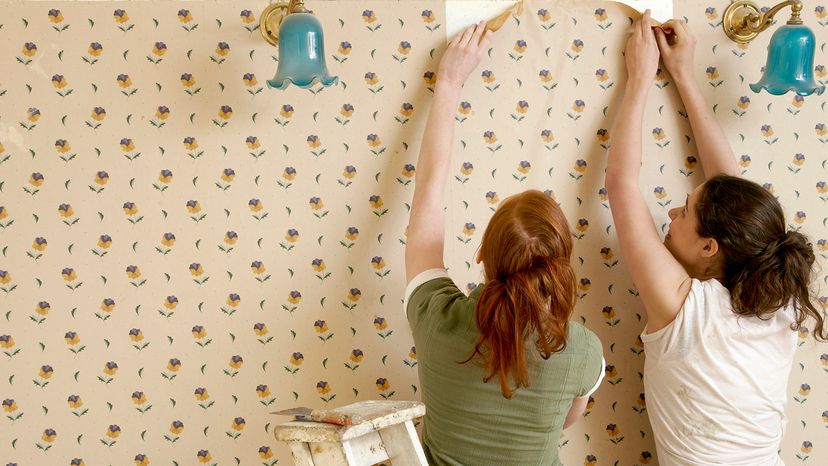
So, you've just moved into a new house, and while the layout is dreamy, that dated vinyl wallpaper? Not so much. In that scenario, learning how to remove wallpaper is a must.
Removing wallpaper might seem like a daunting task, but with the right tools and a bit of patience, you can strip away those layers and start fresh. Depending on the wall covering and the kind of wall it's on, there are several ways to approach the job.
Advertisement
Let's dive into the science of wallpaper removal — because there's definitely a method to this madness.